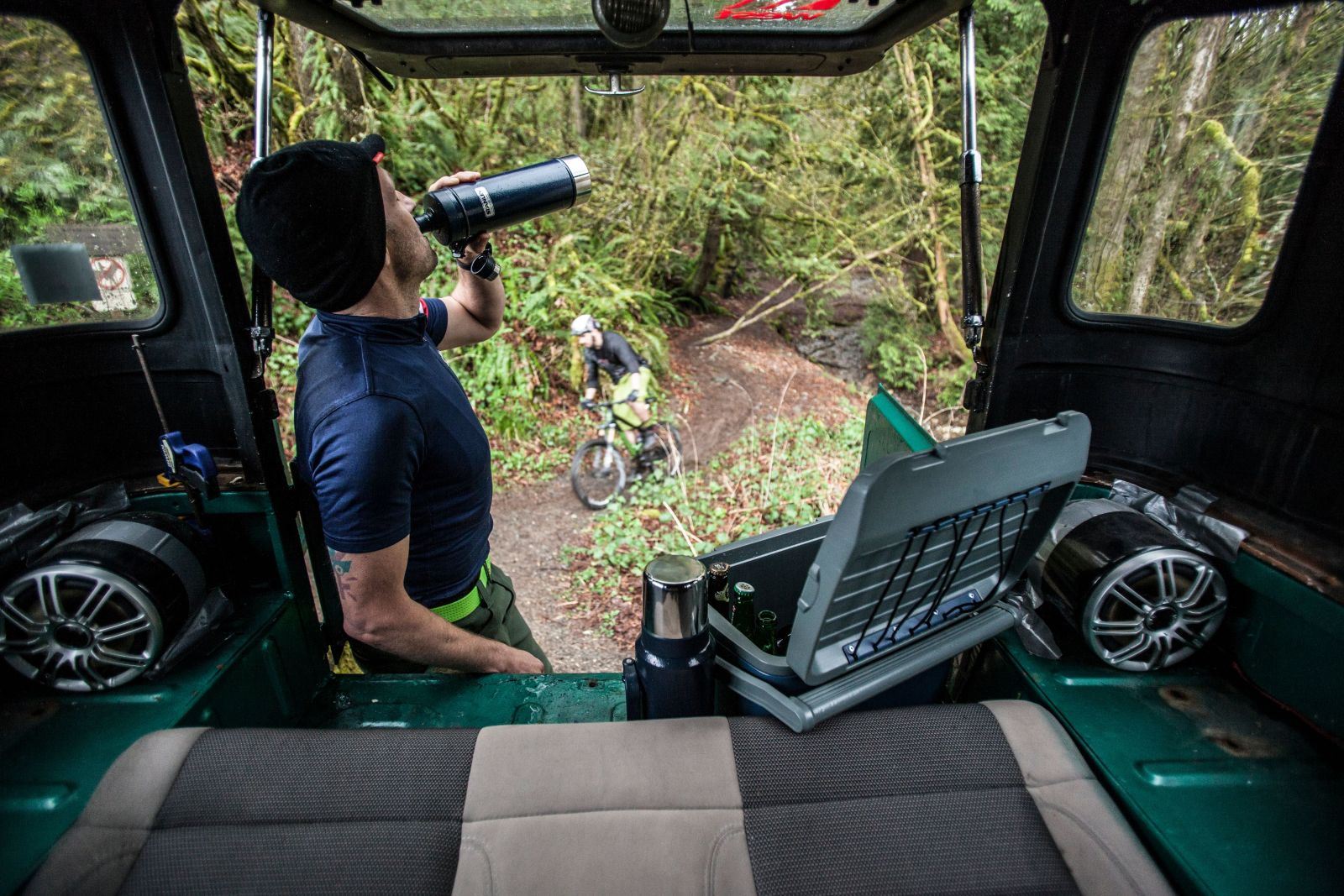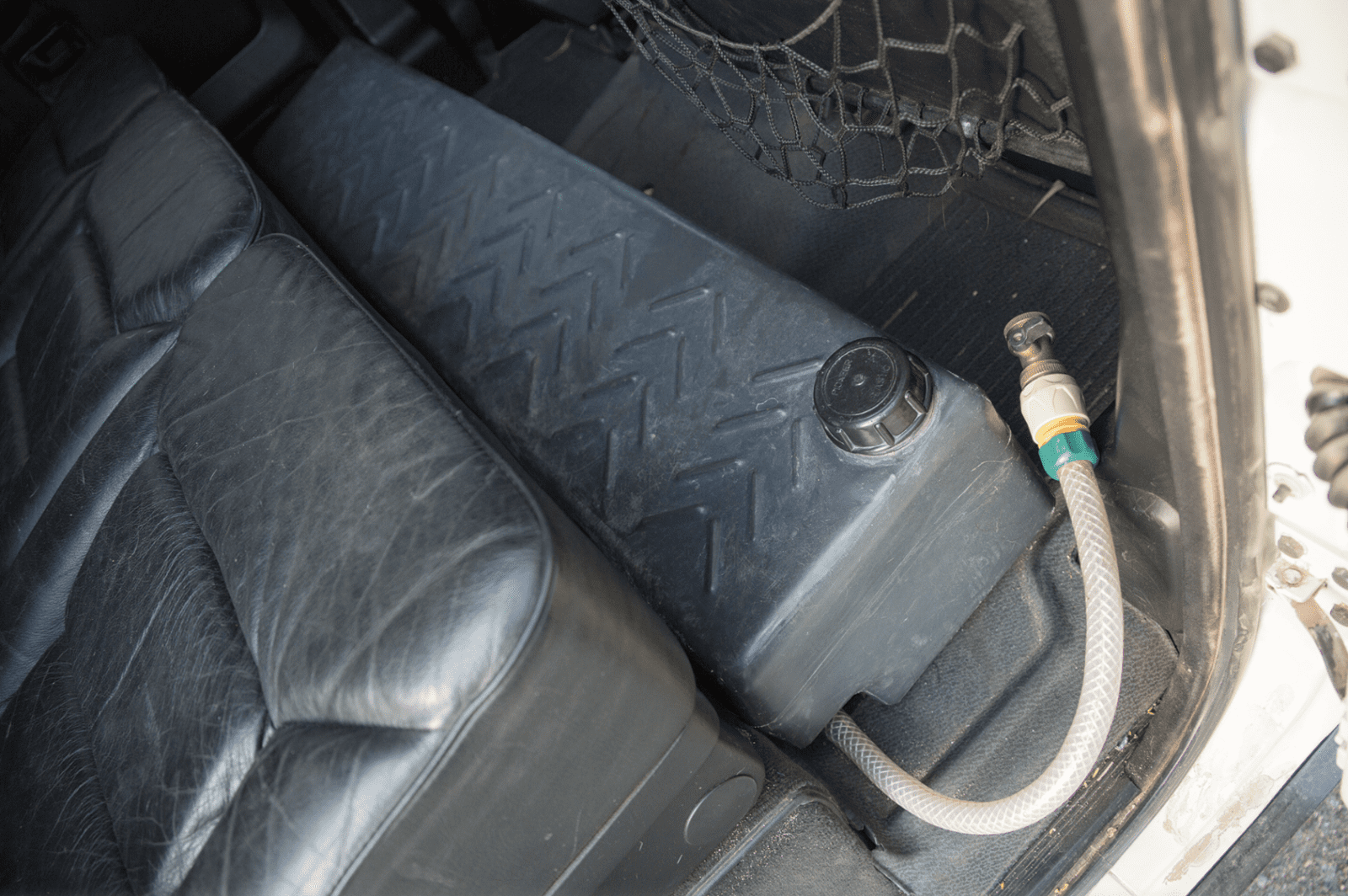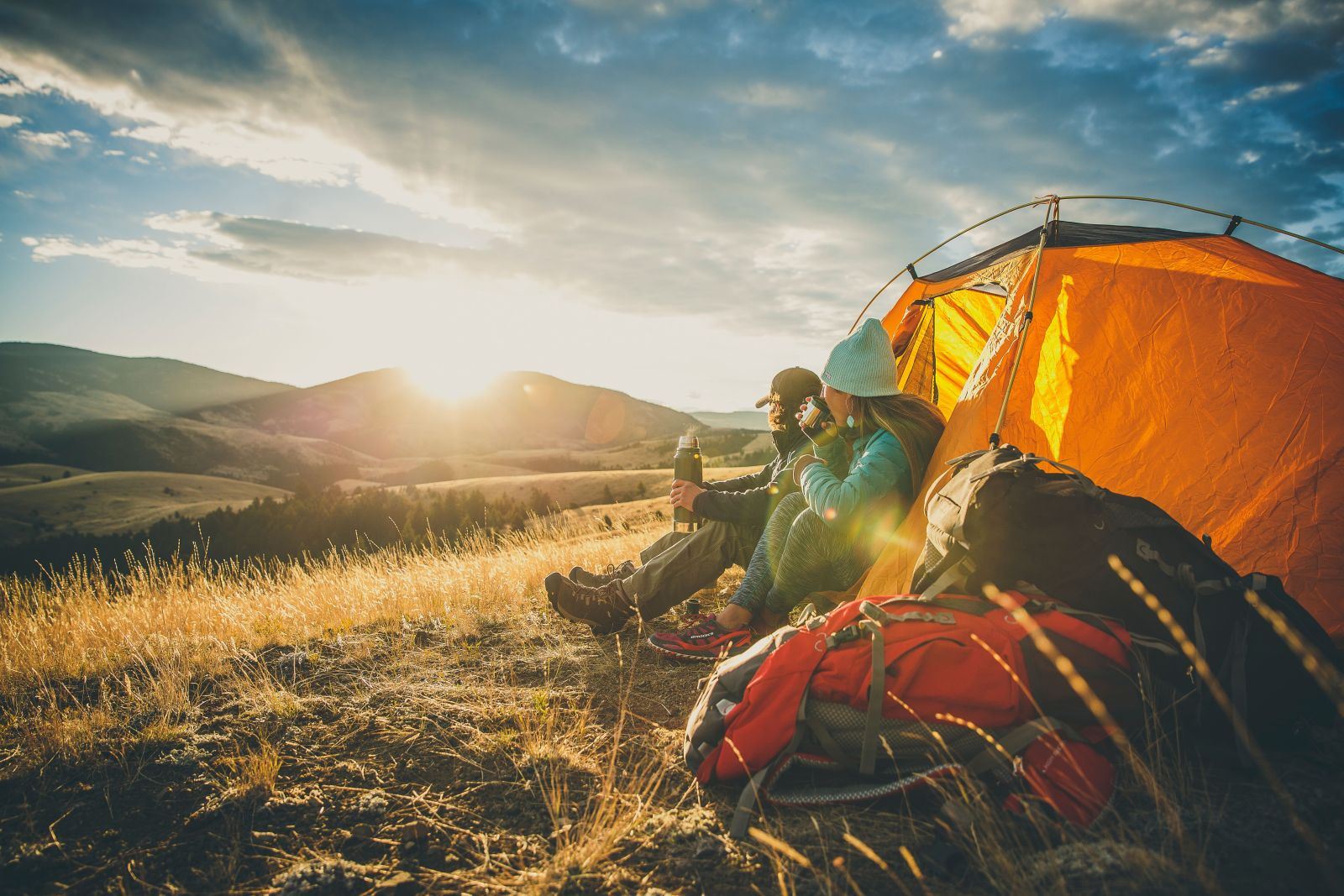How to bring water camping.

Nothing beats spending time outdoors on an adventure camping vacation, but planning beforehand is essential. In this blog we not only advise how to bring water camping but also just how much to take. We take for granted having access to clean drinking water in our daily lives. If you don't bring enough water with you on a camping trip, you'll quickly realise how crucial it is. Again, you'll want to make saving enough fresh water for a camping trip a high priority. If you run out of fresh water while camping, your trip is finished and it's time to return. It's important to remember that fresh water isn't just for drinking. Fresh water may also be required for cooking, personal hygiene, and, of course, water for any pets you bring. Always remember that having too much water is preferable to having too little. The majority of campers will bring their own water. If you're going to a "dry camping," it usually means you won't have access to fresh water or any facilities for obtaining it. Instead, you'll be in charge of bringing all of the water you'll need for the duration of the journey. So how do you bring water camping? Here's how.
Water Bottles:
These are a no-brainer; everyone knows how convenient it is to carry a water bottle around, but they aren't something you'd bring on a hike. They're a simple method to use in conjunction with your onboard water storage, such as a footwell tank. These footwell tanks are fantastic for storage and fit neatly in the rear of your car, but they frequently leave the water quite warm, making it gross to drink. Fill your water bottle from the footwell tank every night and leave it in the fridge and enjoy in the morning!

Hydration Packs & Water Bladders:
It's also known as a hydration pack, and it fits neatly within a backpack pocket. When empty, it folds up flat and takes up less space in your pack than bottles. It usually holds more water than a water bottle, allowing you to transport more water. It comes with a handy over-the-shoulder straw so you can drink without pausing. You can bring a large water-filled jerry can, drum, or cube with you if you're going tent camping or four-wheeling. But for hiking and all you have is a backpack, water bladders work best as they slide into tight places, unlike a water bottle which is rigid and awkward.
For Day Hikes of a Few Hours or Less: You'll need roughly 3 litres per person, every day to bring enough clean water to last the voyage (or about 250ml-500ml an hour). If it's hot outside, take more or you'll break a sweat.
Long or multi-day hikes: Because you won't be able to carry all of the water you'll need in your pack, you'll also need a way to purify water as you go. On the trip, you can get more water from taps, streams, and rivers.
Remove bacteria and dirt from the water by purifying it (or it can make you really sick).
Choose a hydration pack with a water bladder that fits your activity; day hikers, backpackers, and climbers will need roughly 2-3 litres. Before you go, look over your route and campsites to determine if there are any water sources and if the water is safe to drink. This will assist you in determining how much you require. Check with the campgrounds for information on whether the water is safe to drink. If you're hesitant, cleanse it instead of taking a chance. It's better to be safe than sorry if you become sick! On any hike, it's also a good idea to include a device to filter water so you'll have plenty to drink if you get lost, injured, or trapped in poor weather.
Water purification & Tablets:
You won't want to (or be able to) carry all of the water you'll need on a long hike. To make sure the water you collect along the route is safe to drink, you'll need to purify it. Even clear water can be contaminated with a virus or bacteria, making you sick. You can purify water in a few different methods. It is a simple and effective approach to eliminate practically all germs in water by boiling it. It does however require the use of equipment such as a stove, gas, ignition, and a pot, which is quite a lot for only purification. If you're going on a multi-day hike, you'll need to bring a stove and fuel regardless (although you'll need to bring additional fuel so you have enough for cooking and purification). It's fine for camping, but not for lengthy hikes where you want to carry as little as possible.
To filter the water and kill hazardous microorganisms, use silver ions and chlorine. They're small and simple to use, but they can take up to 30 minutes to function. To consume this purified water, you must wait half an hour (to be sure the bacteria is all gone). When you drink the water, you may detect a tiny chlorine taste. Because sediment isn't removed, you'll have to filter leaves and dirt separately.
You can also use water purification tablets (which come in light packs) to purify your water. Simply place one in your bottle and it will do the rest.

Car Camping:
For your car camping excursion, you can use several methods such as, jerry cans, water jugs, water containers or footwell water tanks filled with tap water from your home. On a journey, you should bring many water containers so that you have enough water to go around. If space is an issue, invest in a foldable camping water bladder that you can break down and store after each use. The second (though less recommended) way is to purchase water, either in bulk or in one-time-use jugs, which can be found in most grocery stores and convenience stores. These are a tremendous convenience, but they generate a lot of garbage, which can be a pain to clean up after. If you're a frequent camper, invest in a water container or footwell water tank designed exclusively for 4WD's and car camping.
Make use of any available fresh water on the campsite. Many camping sites will have fresh water that can be piped in or even modern-day plumbing in their facilities. If this is the case, you can certainly use the water for personal hygiene, but we have found it to be unfit for drinking. Yes, technically, this water is probably safe to drink, but it usually has a nasty flavour and odour to it. In any event, you can drink this water if necessary, but do not rely on a campsite's water supply for your daily needs. Bring lots of water with you and use the facilities only as a last option. Use a filtering system available in water bottles or water containers if you do wind up drinking the water from the campsite.
If you've used up all of the freshwater you brought to your campsite and need more, a third alternative is to clean the nearby water. While it is not always advisable, it is occasionally necessary for survival to drink pure water. Although you can use a filtration system to clean the water around you, there is no guarantee that it will be safe to drink. Many filtration technologies only clean the water to a limited extent, leaving germs and other bacteria in the area. When it comes to the amount of water you pack for each person and animal, make sure you're over-prepared. The amount of water you'll need will vary depending on the weather and activities you plan to participate in. With all of this in mind, drink lots of water while you're out and about, and enjoy nature without worrying about it!


Leave a comment